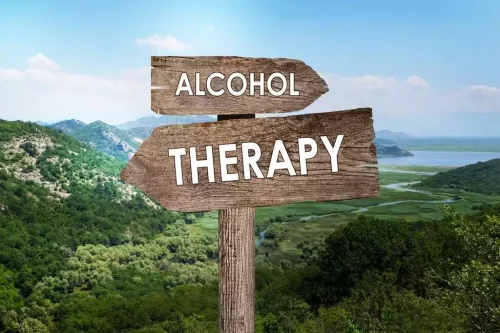
Your doctor may also perform blood tests to check for any alcohol-related damage to these areas. Instead, your doctor will use a detailed medical history and physical examination to help diagnose and determine the severity of withdrawal. An example of this is angina, where the vessels supplying the heart with blood become narrow. Evidence suggests that people with the condition can slowly improve and adapt to the reduced blood flow by developing new blood vessels.
- But the amount of alcohol in one drink may be much higher than those in the list above.
- It’s also possible that just cutting back alcohol, in this context, wouldn’t make much of a difference in life expectancy for some people.
Certain Types of Cancer
For some people, these occasions may also include drinking—even binge or high-intensity drinking. In fact, alcohol can make sleep worse and menopausal symptoms like hot flashes and night sweats more pronounced. Consuming alcohol during menopause can also increase the risk of heart disease and osteoporosis, says Dr. Jewel M. Kling, M.D., M.P.H., can being an alcoholic kill you a physician with Mayo Clinic Women’s Health in Arizona.
- This causes that fat to accumulate and may lead to fatty liver — an early stage of alcohol-related liver disease.
- This is medical emergency that can lead to disability or death.
- By this stage, their drinking is taking an obvious physical toll as well.
- Additionally, alcohol can damage the nerves in the inner ear, affecting balance.
- You might miss work, forget to pick up the kids, become irritable, and notice physical signs of alcohol abuse (facial redness, weight gain or loss, sluggishness, stomach bloating).
As Blood Alcohol Concentration Increases—So Do the Risks

Additionally, she says drinking alcohol increases the risk of additional cancer diagnoses. While she says the best way to reduce cancer risk is not drinking alcohol, drinking less can have a positive impact. Alcohol withdrawal happens when people who have an alcohol dependency either stop drinking or significantly curb their drinking. Others may experience severe or even life-threatening symptoms.

Brain and Nervous System Problems

However, many people consume far beyond this amount while drinking. And, if you go too quickly, your liver will become overwhelmed and vital body systems begin shutting down, affecting your heart rate and body temperature. As blood alcohol concentration (BAC) increases, so does the effect of alcohol—as well as the risk of harm. Even small increases in BAC can decrease motor coordination, make a person feel sick, and cloud judgment. This can increase an individual’s risk of being injured from falls or car crashes, experiencing acts of violence, and engaging in unprotected or unintended sex. When BAC reaches high levels, blackouts (gaps in memory), loss of consciousness (passing out), and death can occur.

Alcohol also inhibits the production of an anti-diuretic hormone, so large quantities of alcohol make you urinate a lot and become dehydrated. These imbalances can eventually lead to acute kidney failure. This is often made worse by the fact that the heart’s structure changes with long-term alcohol use. The excitatory and inhibitory pathways in the brain control the central nervous system and heart. Once alcohol is removed, the huge levels of neurotransmitters that are present can overstimulate organs, including the heart.
“Over time, this repeated damage can result in cirrhosis, where the liver becomes so scarred that it loses functionality,” she explains. The initial buzz and immediate effects of alcohol may be familiar. Here’s how the long-term consequences of excessive drinking can gradually take a toll on your health.







